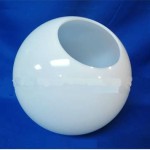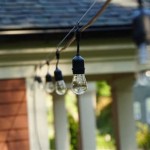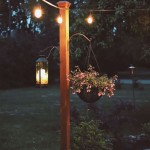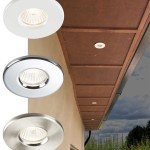Essential Aspects of Outdoor Portrait Lighting Techniques
Capturing captivating outdoor portraits requires mastering lighting techniques to harness the power of natural light. Here are some essential aspects to consider for effective outdoor portrait photography:
1. Understanding Natural Light
Natural light varies throughout the day and seasons. The "golden hours" around sunrise and sunset provide soft, warm light ideal for portraits. Avoid midday sun as it casts harsh shadows and unflattering light.
2. Choosing a Location
Select a location that offers ample shade or diffuse light to minimize harsh shadows. Open fields or under tree canopies can provide even illumination. Avoid backlit subjects unless you intentionally want a silhouette effect.
3. Directing the Light
Use reflectors or diffusers to direct and soften light. Reflectors can bounce light onto your subject's face to fill in shadows. Diffusers, such as umbrella or softboxes, can diffuse harsh sunlight to create a soft, flattering glow.
4. Positioning the Subject
Position your subject to take advantage of the natural light. Avoid placing them directly facing the sun as this can cause squinting or overexposure. Angle them slightly towards the light to create a more flattering effect.
5. Using Shadows Creatively
Shadows can add depth and interest to portraits. Use them to create a dramatic effect by positioning your subject against a contrasting background. However, be mindful of harsh shadows that can detract from your subject's features.
6. Experiment with Angles
Varying your camera angle can change the way light falls on your subject. Shooting from a higher or lower perspective can create different effects. Experiment with different angles to find the most flattering and dynamic compositions.
7. Pay Attention to Color Temperature
Natural light has a color temperature that changes throughout the day. The golden hours around sunrise and sunset produce warm tones, while midday sun has a cooler, bluish cast. Consider the color temperature of the light and its impact on your subject's skin tones.
8. Use Fill-In Flash Sparingly
Fill-in flash can help fill in shadows and reduce contrast. However, use it sparingly to avoid overexposure or an unnatural look. Adjust the flash output to balance the natural light and achieve a subtle fill.
9. Practice and Experiment
Mastering outdoor portrait lighting takes practice and experimentation. Study the effects of different lighting conditions and subject positioning. Experiment with various techniques to find what works best for your subjects and the desired mood of your portraits.

Photographing People In The Sun Outdoor Portrait Photography Part 1 Expert Blogs Tip Techniques Reviews Adorama Learning Center

Off Flash Vs Natural Light Which Is Best For Outdoor Portraits Shutterbug

5 Simple Tips For Shooting Backlit Portraits Outdoors 42west

Outdoor Flash Photography Tips For Natural Or Dramatic Portraits

Photographic Lighting Wikipedia

Portrait Lighting Photography Setups Adobe

Outdoor Flash Photography Tips For Natural Or Dramatic Portraits

4 Natural Light Outdoor Portrait Setups Using The Perfect Modifier

11 Outdoor Portrait Photography Tips For Easy Shots

11 Outdoor Portrait Photography Tips For Easy Shots
Related Posts







